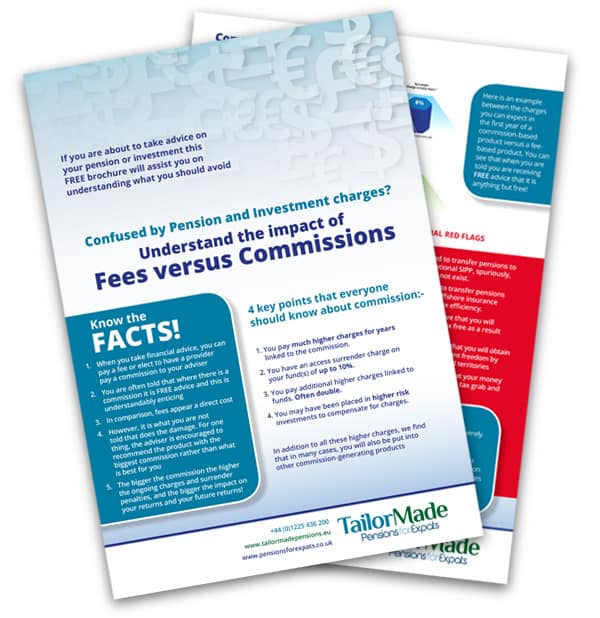 Free Stock photos by Vecteezy
Free Stock photos by Vecteezy
It may – or may not – be the perfect answer for retirees
Many retirees have an asset sheet with an impressive total. For many, much or most of their wealth on paper comes from the value of the home they’re living in. What happens when these people retire and need cash for real expenses beyond what they receive from their pension?
There are several ways to convert the value of a house into cash for retirement, while staying in the home. All of these options are loans that will be paid back, with interest, but not necessarily by the homeowner.
HOME EQUITY
Equity is the total market value of the home, minus the amount needed to pay off the mortgage, if any. Accessing the home’s equity can be useful for living expenses, as well as large bills later in life, such as long-term care.
Among the options are a Lifetime Mortgage, a Home Reversion, and a Retirement Interest Only Mortgage. There are pros and cons to each of these.
LIFETIME MORTGAGE
A lifetime mortgage is the most popular type of loan under the category of equity release. It’s a loan using the home – the borrower’s main residence – as collateral that provides tax-free cash, and allows the resident to remain living in their home.
Like a normal mortgage, it involves taking out a loan at an agreed rate of interest and using the property as security. But, as most mortgages are paid back in regular installments, a lifetime mortgage is typically repaid when the house is vacated. The sale will usually take place upon the owner’s death or final move to long-term care.
There are two options for receiving the cash: It can be paid out all at once, or paid as a smaller initial amount with the option to receive additional payments (drawdowns) later on.
Don’t expect to get the full value of the house
The main disadvantage of virtually all of the equity release options is that the borrower will not get the full market value of the home. The flipside is that they don’t have to move out. The full value would be realized by selling the property on the open market, but then a new residence would be needed.
The amount of money paid in a lifetime mortgage rises as the borrower gets older, and if the borrower has significant health issues. The reality is that the loaning company will make more money when they sell the home sooner, which happens if the borrower is older or sicker.
The loan amount is generally between 18% and 50% of the property’s current value. For example: At age 55, 27% of the property value can be loaned, increasing each year. The maximum value of the loan is capped at 58% at age 82.
Lifetime Mortgage Considerations:
- Lifetime mortgages are available to homeowners aged 55 or over. In the case of a joint loan application, the age of the youngest person is used.
- The large sum of money deposited in the borrower’s bank account is taken into consideration by the State when calculating benefits. The value of the home is not used when calculating benefits, but cash in a bank account is. The cash could reduce the benefits, including help with the cost of care.
- In long-term financial planning, the money is better off invested in the home – where it is likely to grow – than in a cash bank account.
- Beneficiaries will inherit less, because the value of the home has already been taken out.
Lifetime Mortgage Interest Options
Generally, there are two ways to pay the interest on a lifetime mortgage: Interest Roll-up or Interest Paying.
Interest Roll-up
With Interest Roll-up, the borrower receives the full amount of the loan and pays no regular interest payments on the loan. Choosing a single cash lump sum may be attractive, but compound interest will be charged on the full loan amount from the first day.
Compound interest is where the loan amount plus interest continues to mount up, and interest is charged on the interest itself.
The compounded interest of roll-up mortgages makes them more expensive in the long run. At around 5% interest, the amount owed on the loan would double every 15 years. This leaves less money to be available for inheritance.
Most providers now offer a ‘no-negative-equity guarantee’, which means the debt will never be more than the sale value of the property. However, this could still mean that all the property’s value is used up in paying off the mortgage, even though the loan was for a small percentage of the value. Retirees then leave nothing to the family.
Interest-paying mortgage
A second option is an interest-paying mortgage. Instead of letting interest mount up, it is paid off at regular intervals, usually monthly. While paying the loan interest adds a bill to monthly expenses, the loan is a far better value for money in the long term.
Interest is paid only on the original loan amount, rather than on the interest as well. This prevents the ‘snowball effect’ of compound interest, ensuring the final repayment sum is much less.
Another option is to take out a series of smaller lifetime mortgages over the years. This way the borrower will not pay interest on the entire sum for the whole period of time. However, interest rates go up and down over time, so interest payments could vary.
HOME REVERSION
In a home reversion scheme, a loan is not taken on the home; it is sold. All or a portion of the property can be sold. The homeowner retains the legal right to reside in the home until they die or move to long-term care. The sale amount can be paid out either as a lump sum or as a regular income.
As with the other options, the home reversion plan does not pay full market value for the home. Generally, the payout is between 30% and 60% of the market value. Health status is taken into account, just like in the other scenarios. Being in poor health usually means getting a larger share of the value of the home.
Home Reversion considerations:
- The minimum age for a home reversion scheme may be 60 or 65.
- The contract may, or may not, allow the borrower to move to another home if needed.
- The home will have to be vacated very quickly after death or move to long-term care, leaving an urgent task for the remaining family.
RETIREMENT INTEREST-ONLY MORTGAGE
A Retirement Interest-Only mortgage (RIO) is only available for the home being lived in. The only payments are the monthly interest payments. RIO mortgages have no fixed term; the loan is usually only paid off when the borrower dies, moves into long-term care, or sells the house.
It is very similar to a standard interest-only mortgage, with key differences:
- The applicant only has to prove they can afford the monthly interest repayments.
- The amount of the loan is not based on the value of the property. It is based on the retirement income of the applicant.
While there’s no minimum age requirement, RIO mortgages are generally aimed at older retirees, such as those over 55 and pensioners who might find this type of loan easier to qualify for than a typical interest-only mortgage. RIOs are generally less expensive overall when compared to a roll-up lifetime mortgage.
EQUITY RELEASE COUNCIL
 The Equity Release Council exists to protect retirees from losing their money or home to equity release schemes that are not in their best interest. Any equity release company that has the Equity Release Council logo on their materials must ensure the borrower can live in the home until death or moves into permanent care.
The Equity Release Council exists to protect retirees from losing their money or home to equity release schemes that are not in their best interest. Any equity release company that has the Equity Release Council logo on their materials must ensure the borrower can live in the home until death or moves into permanent care.
They must also ensure that the amount owed will never be more than the total sale price of the home, even if its value drops.
Additionally, every loan applicant has the right to ask a solicitor to check all the documents before signing up to a scheme.
EQUITY RELEASE COSTS
There are numerous up-front costs involved in setting up an equity release scheme. Costs vary, but generally total around £3,000.
Costs can include:
- Valuation fees
- Legal fees
- Financial advice fees
- A mortgage arrangement fee
- A completion fee (when the scheme ends)
Learn more about each of these equity release options here.
The views expressed in this article are not to be construed as personal advice. You should contact a qualified and ideally regulated adviser in order to obtain up-to-date personal advice with regard to your own personal circumstances. If you do not then you are acting under your own authority and deemed “execution only”. The author does not accept any liability for people acting without personalised advice, who base a decision on views expressed in this generic article. Where this article is dated then it is based on legislation as of the date. Legislation changes but articles are rarely updated, although sometimes a new article is written; so, please check for later articles or changes in legislation on official government websites, as this article should not be relied on in isolation.
Related Stories:
- Pay Off Debt the Smart Way
- Busted: 6 Biggest Myths About Taking Out a Loan
- Could a No-Deposit 100% Mortgage Plan be the Solution to UK Homebuying Challenges?
- Bonds: Say Hello to an Old Friend
- International Property, why Wealthy Americans Are Investing
Share this story


